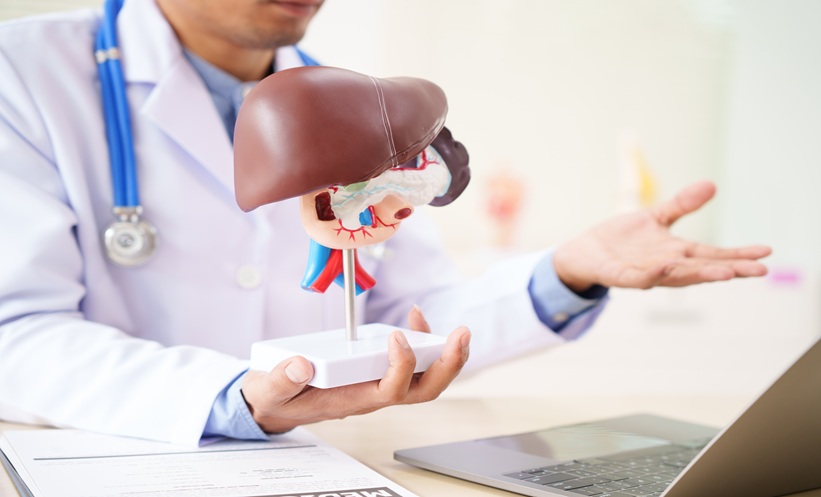HEALTHY gut microbiota may be the key to tackling metabolic syndrome (MetS); when a particular gene, known as Toll-like receptor 5 (TLR5), is absent from the intestinal surface then there is a significant change in bacteria that results in inflammation, catalysing MetS onset. The key to preventing this incidence, and thus reducing the risk of heart disease, diabetes, and stroke for millions worldwide, may lie in keeping these bacteria in good condition.
These conclusions arrive off the back of a revealing study in which a research team, led by Dr Andrew Gewirtz, Professor, Georgia State University, Atlanta, Georgia, USA, analysed mice in identical conditions that were siblings and littermates. The mice were split into two groups depending on whether they possessed the TLR5 gene, with those lacking the gene housing more aggressive gut microbiota that produced flagellin and lipopolysaccharide in very close proximity to the epithelium, provoking inflammation further.
“These results suggest that developing a means to promote a [healthier] microbiota can treat or prevent metabolic disease,” said Dr Gewirtz. “They confirm the concept that altered microbiota can promote low-grade inflammation and MetS and advance the underlying mechanism. We showed that the altered bacterial population is more aggressive in infiltrating the host and producing substances – namely flagellin and lipopolysaccharide – that further promote inflammation.”
The dysregulation of gut microbiota, which are vital to health maintenance, can lead to the onset of chronic inflammatory diseases including Crohn’s disease and ulcerative colitis, while changes in bacterial composition may trigger MetS. Dr Gewirtz said: “We have filled in a lot of the details about how it works.
“It is the loss of TLR5 on the epithelium, the cells that line the surface of the intestine, and their ability to quickly respond to bacteria. That ability goes away and results in a more aggressive bacterial population that gets closer in and produces substances that drive inflammation.”
(Image: freeimages.com svilen001)







